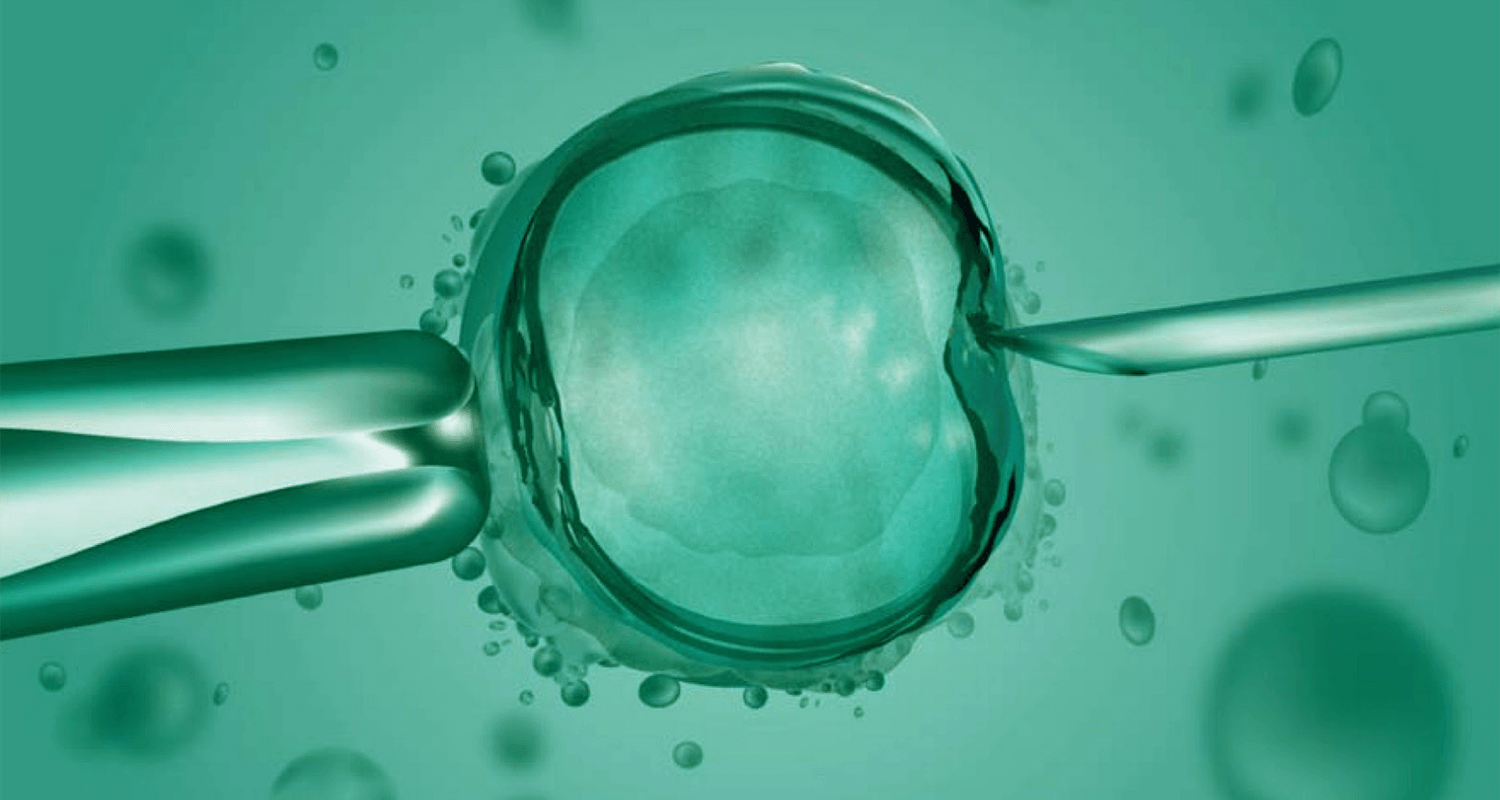
The main treatments for infertility
According to the WHO, infertility is defined as a “disease of the reproductive system that leads to the absence of conception after 12 months or more of regular, unprotected sexual intercourse”.
Infertility can be treated or overcome using various types of treatments, depending on the severity of the diagnosis.
Medically assisted reproduction treatments
Therefore, several alternatives are currently emerging, ranging from pharmacological to surgical or even medically assisted reproduction (MAP) treatments. The following techniques fall into this category: intrauterine insemination (IUI), conventional in vitro fertilization (IVF), intracytoplasmic sperm injection (ICSI) and cryopreserved embryo transfer (TEC).
All of the techniques listed above can be applied to two types of menstrual cycles: natural, unmedicated cycles or cycles stimulated with medication. The latter option allows for greater oocyte recovery and thus increases the likelihood of successful treatment.
Main infertility treatments
Among the various treatments available, intrauterine insemination (IUI) is often used as a first-line treatment due to its minimally invasive nature. In this procedure, the natural barrier of the female reproductive system is overcome by depositing the best quality sperm in the upper part of the uterine cavity.
Despite constant progress in the treatment of semen samples, which allows the recovery of the best sperm, which consequently contributes to the increase in IUI success rates, the truth is that its probability of success continues to be lower compared to other ART techniques.
As second-line treatments, conventional in vitro fertilization (IVF) and intracytoplasmic sperm injection (ICSI) emerge , which are more invasive techniques compared to IUI and in which the main objective is to mimic in the laboratory what would happen in the female reproductive system.
Unlike what happens in IUI, in IVF and ICSI it is necessary to collect the oocytes. To do this, a small outpatient surgery is performed under sedation, called ovarian puncture.
In IVF, after treatment of the oocytes and sperm, fertilization occurs naturally in the incubator, without the intervention of a clinical embryologist. In turn, ICSI is a more invasive process, requiring several technical resources, which allow a previously selected sperm to be injected into the oocyte.
In both treatments, after fertilization, the embryos are placed in culture until the day of transfer to the mother’s uterus and/or until the day they are frozen to be used in a later transfer ( TEC – cryopreserved embryo transfer ).
These techniques can be performed using the animals’ own reproductive cells (gametes), or gametes from donors can be used when necessary.
Success rates
The success rates of IVF and ICSI depend on multiple factors, ranging from 20% to 60%.
Finally, it is important to note that for infertility treatments to be successful, great commitment from the clinical staff is crucial, so that clarifications and advice are provided throughout the entire process.
However, it is also essential that there is a strong commitment on the part of the patient so that clear and informed decisions can be made throughout the treatment with a view to the long-awaited and desired pregnancy.
